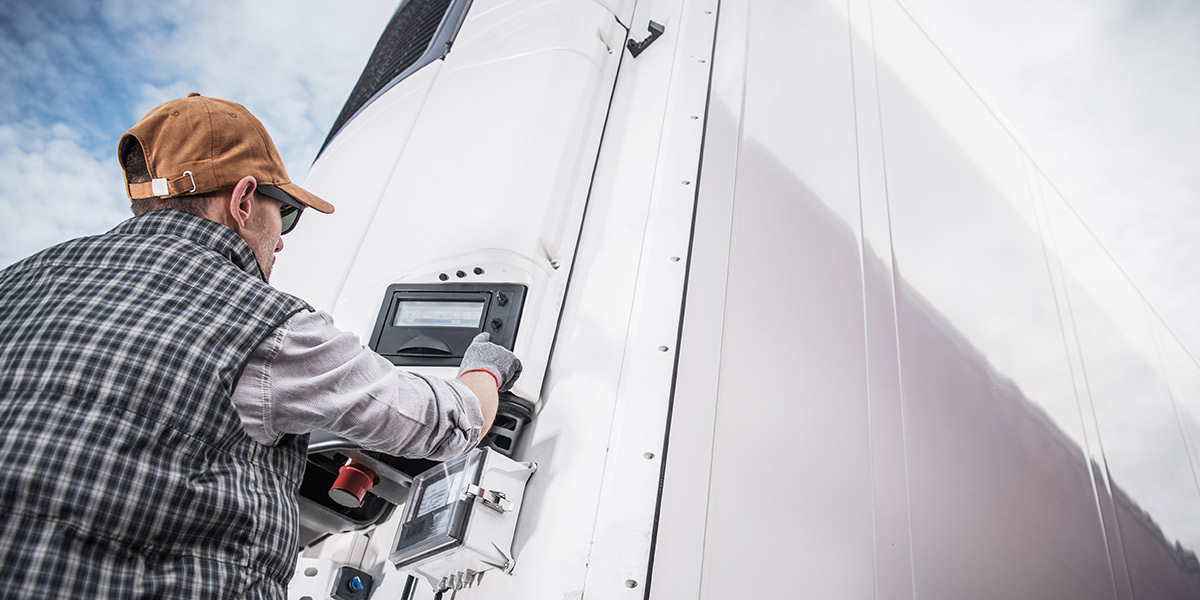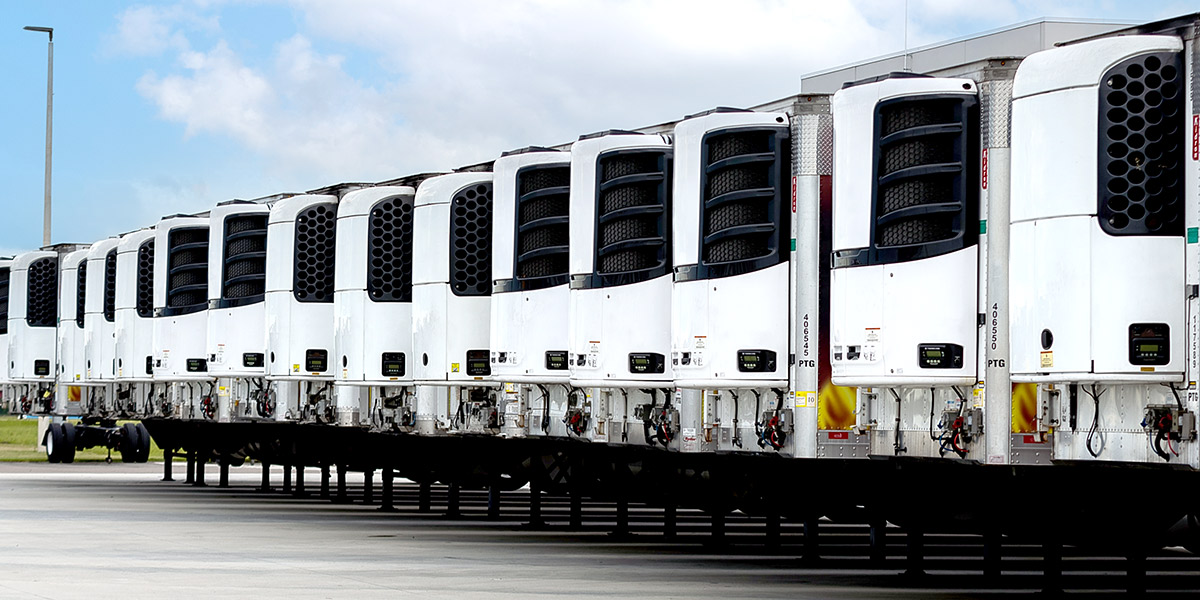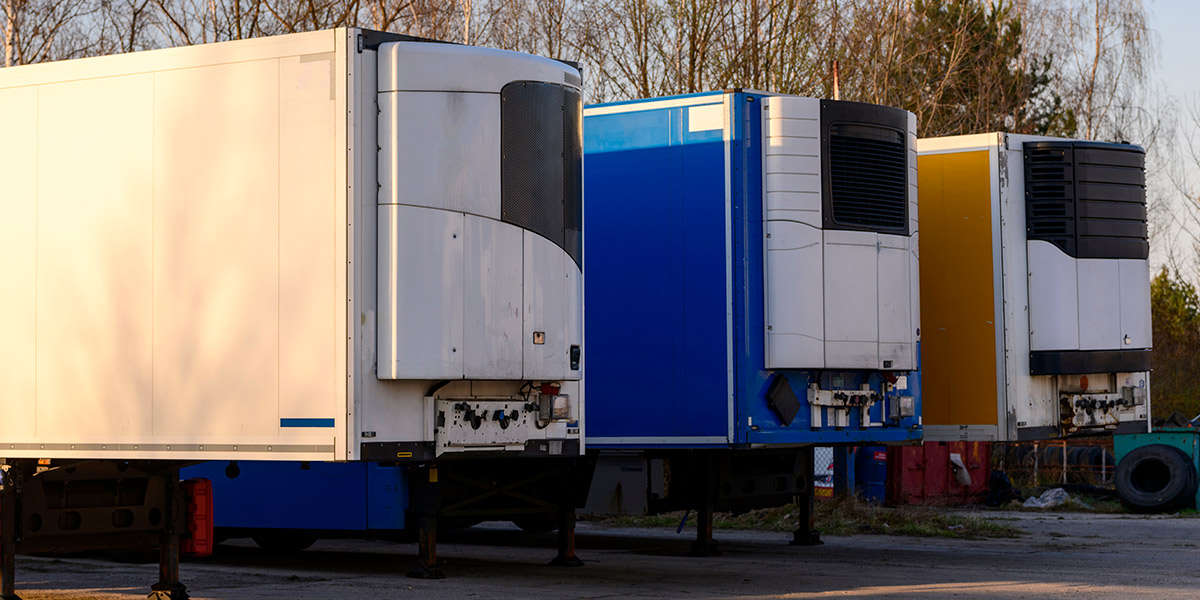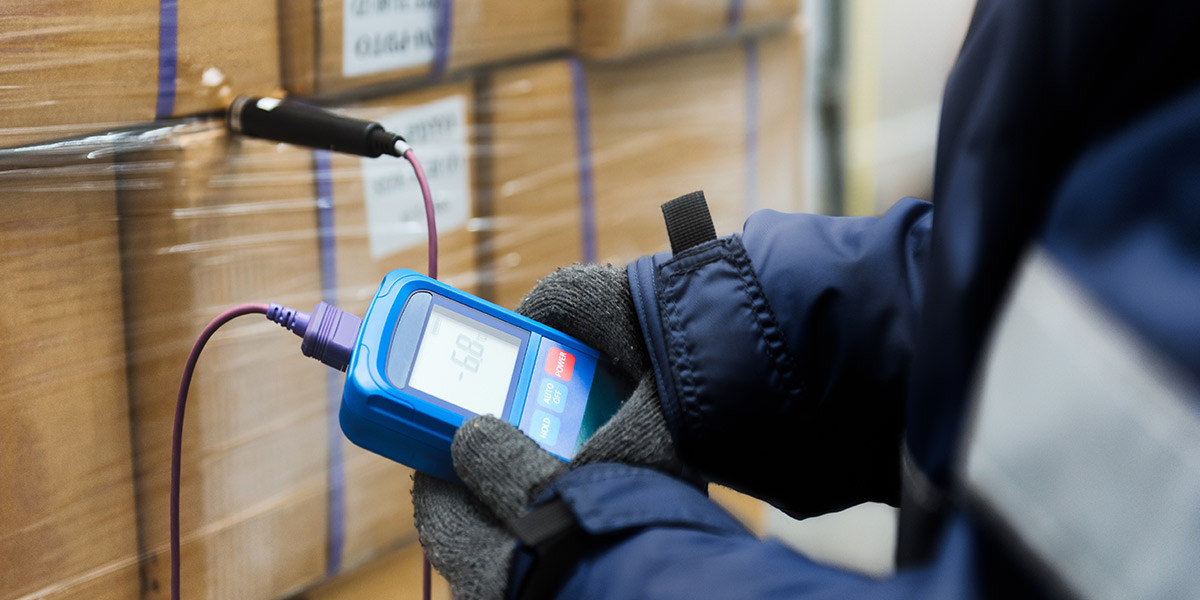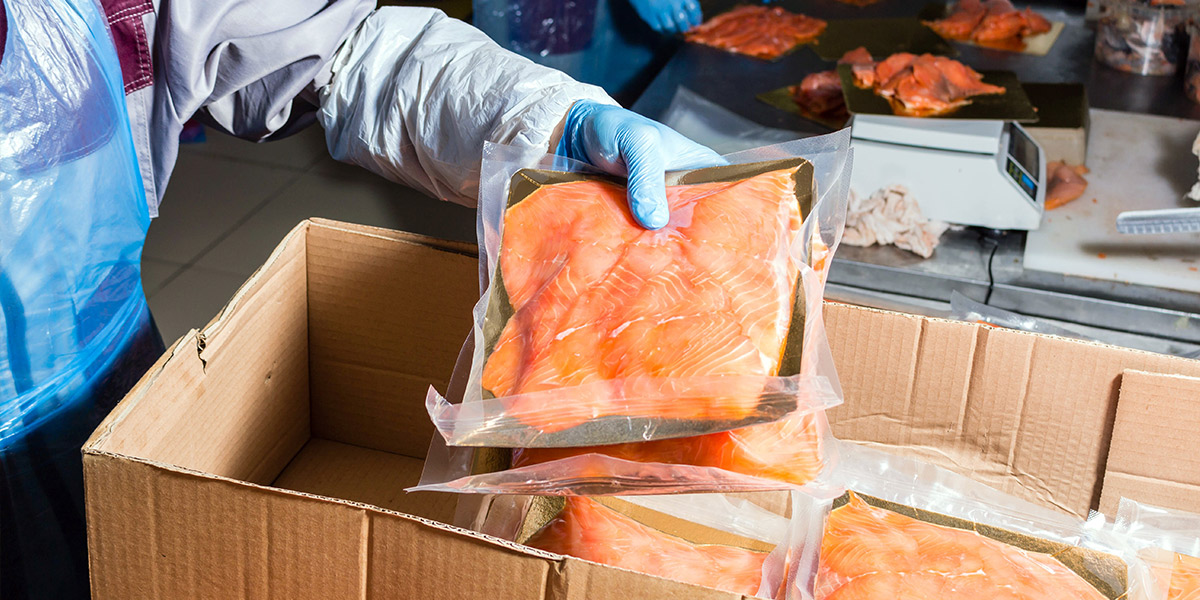New temperature tracking technology can benefit your food transportation business on multiple fronts.
Food transporters face a slate of daunting challenges that are making it harder to profitably run a business. These challenges are especially formidable for transporters of food that must be temperature-controlled, as food safety needs to be a priority on par with meeting customer needs and efficiently operating a fleet.
In short, there’s probably never been a tougher time to be a food transporter. But there is some good news – advances in temperature monitoring technology can help eliminate or alleviate many of these challenges.
Small yet accurate remote temperature monitoring devices can now be installed in reefers to capture ambient temperature and the temperature of the food itself in real time, removing the guesswork from ensuring food remains at a safe temperature throughout transport. What’s more, these totally wireless plug-and-play units are inexpensive, easy to install and use, and scalable to meet your changing needs as your business grows and expands.
Let’s look at how using these devices can help address five of the biggest challenges facing food transporters:
-
Regulations – To assure food safety, the federal government requires food haulers to have a mechanism in place to document that perishable products are maintained at safe temperatures while in their custody. The accuracy and affordability of the available solutions has left a lot to be desired.
Plus, traditionally, they haven’t been able to continually transmit temperature reading in real time – at least not without a major investment – to enable the monitoring of food temperatures across the entire fleet. The new technology addresses these shortcomings.
- Customer demands – Given the complexity of the food supply chain, transporters are facing growing demands from customers to deliver their products on time and at temp. With these new, easy-to-use temperature monitoring devices, transporters can easily monitor temperatures at 15-minute intervals and compile accurate temperature logs to provide proof of food safety throughout transport. All while freeing up drivers to focus on making deliveries on schedule.
- Aging fleets – Supply chain constraints associated with purchasing new refrigerated trucks and trailers has forced fleets to extend the life of older equipment that might have lost its ability to reliably maintain safe temperatures. As equipment ages, the ability to know how cold it’s keeping food in transport because increasingly important. These monitoring devices help you to accurately track temperatures and identify units requiring maintenance – and do so for far less money that the cost of a new reefer.
-
Driver constraints – Along a route, a food service driver might make up to 20 stops and handle more than 500 cases of food. In addition, they also need to take responsibility for ensuring that food stays at a safe temperature, including every time they open the reefer door. Given these demands, it’s little wonder that the ability to recruit and maintain this workforce is growing more challenging by the day.
But with the new devices available, you can largely relieve drivers of the headaches of temperature monitoring and let them focus on completing their routes. This is a real competitive advantage when recruiting and retaining drivers.
-
System implementation costs – Transporters are finding it ever harder to keep up with the technology that can help them operate their businesses while staying compliant and serving customers. Hardware and service fees continue to rise, and many find it both difficult and cost-prohibitive to implement new technology to remain competitive.
The temperature monitoring devices we are talking about here represent an affordable option for tapping into leading-edge technology on a budget. As a scalable offering, you can invest in just the devices you need now, without being saddled with the costs of a system that has more bells and whistles than you really need.
Ask the Right Questions
While new technology can help solve many of the problems that might be plaguing your food transportation business, getting access to that technology isn’t a given. It’s up to you to evaluate vendors and ask the right questions – about cost, capability, scalability, and ease of installation and use.
But the effort is worth it, as it can put you on the path to solving many of your business’ greatest challenges.



